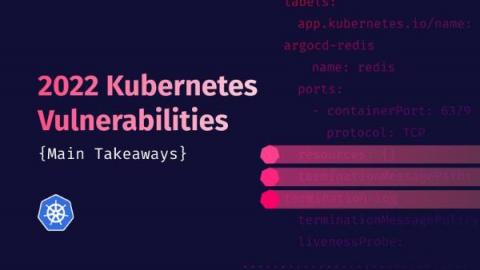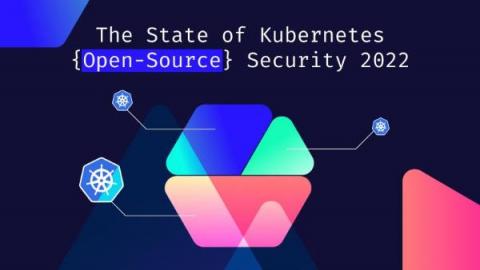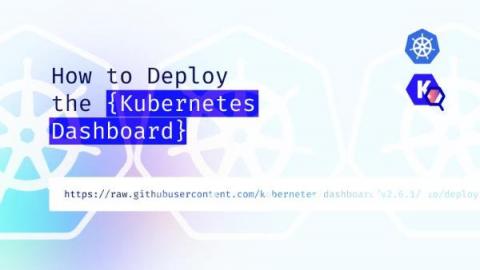Kubernetes Version 1.26: Everything You Should Know
The Kubernetes community is ready for the last release of 2022—version 1.26. Since its beginning, Kubernetes has been a place of constant change and improvement. The platform evolves and matures with every new API change and bug fix. In this release, there are 38 tracked enhancements in addition to a large number of bug fixes. In this article, we will focus on some highlighted enhancements, important deprecations, and removals so that you can be confident before upgrading your clusters.






